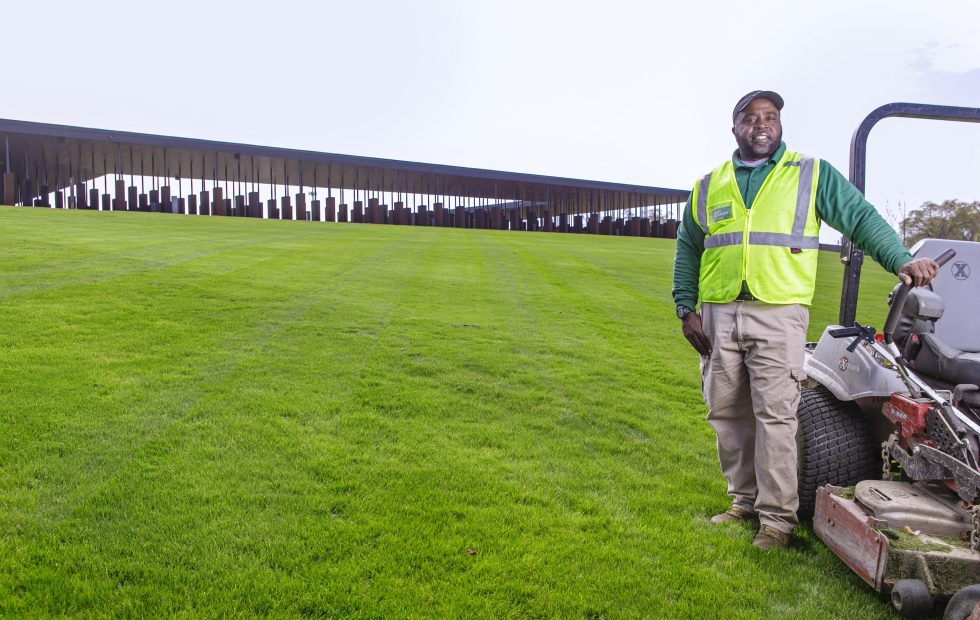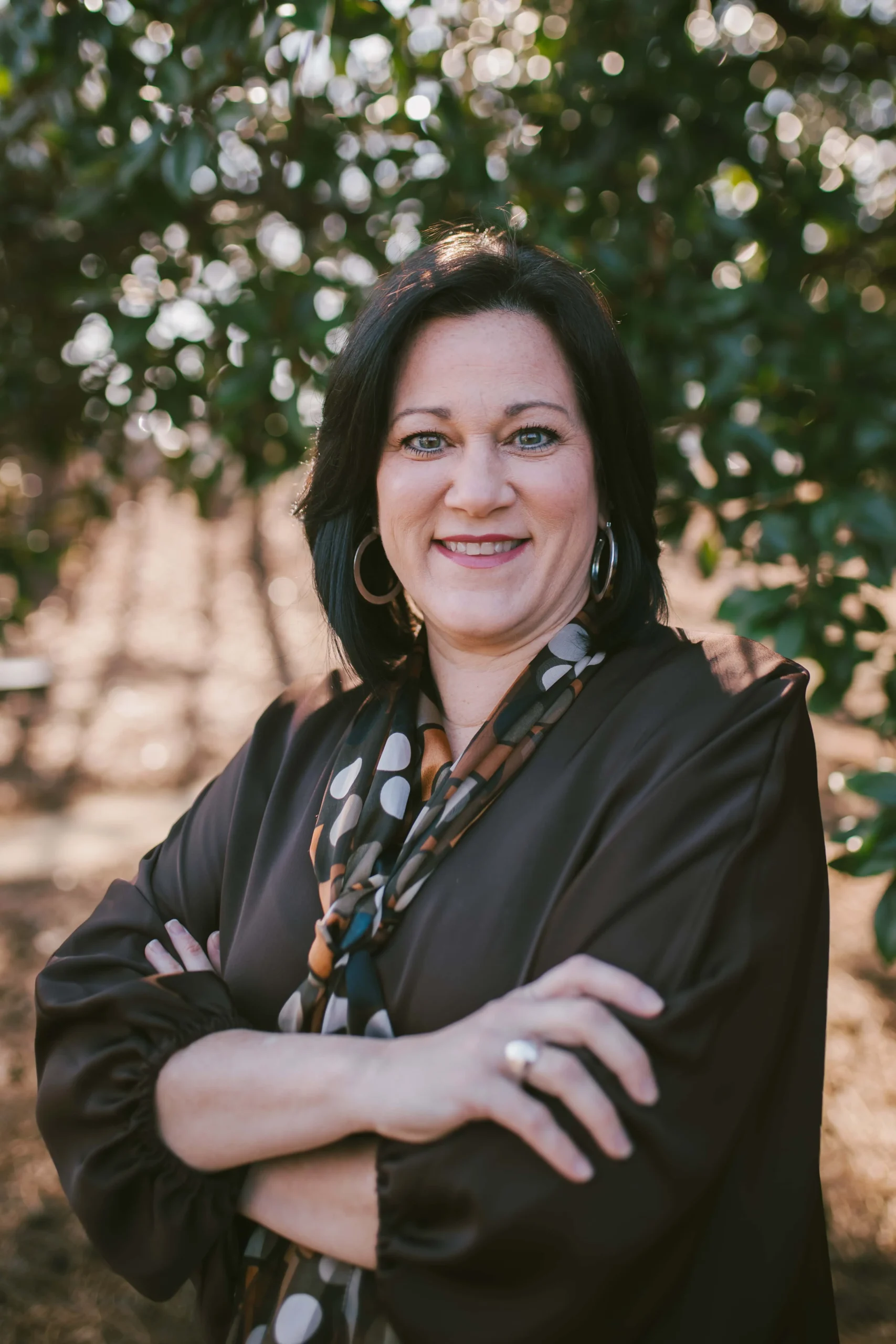Warm Season Vs. Cold Season Grasses

Whether you’re new to home ownership or a seasoned one, you may not be aware that there is a difference between warm-season and cold-season grasses. To the untrained person, all grass is just grass. However, there is more to turfgrass than meets the eye. Grass is very important in commercial landscaping.
Warm Season Vs. Cold Season Grasses
As the seasons change, you may notice that your grass is either looking more alive or lackluster and needs extra care, but you’re not sure what to do. Or maybe, you’ve been considering installing different grass on your lawn and are shocked at the various options.
To narrow down what kind of grass you need, you’ll want to evaluate your goals. Different grass will give you different looks throughout the year and will require different care. The level of maintenance also varies depending on the turfgrass. To help you get started, we’ve created a beginner’s guide to warm-season and cold-season grasses.
Warm Season Grasses
Warm-season grasses begin growing in late spring and early summer when they have new leaf growth. In summer to early fall, they flower and set seeds. This type goes dormant in the winter.
Some examples of warm-season grasses:
1. Zoysia Grass – heat and drought-resistant. Requires less fertilization and water than cool-season grasses, but more than Bermuda grass. Super lush growth. Harsh winters can kill it. Very dense and can handle heavy foot traffic. Perennial–comes back every year.
2. Bermuda Grass – heat and drought-resistant. Low maintenance but turns brown in cold temperatures. Depending on how cool the region gets, Bermuda will go dormant in the winter.It requires full sun and proper drainage. It is a very high-maintenance grass that requires nutrients, but at the same time, it’s tolerant of traffic, droughts, and heat.
3. Buffalo Grass – heat and drought-tolerant. Super low maintenance. Great for rural areas and sensitive to herbicides. Not the most enjoyable lawn surface for most homeowners, but great for those seeking minimal effort grass.
Warm-season grass plugs should be planted after the last average frost date. You want the temperature at night to be more consistently warm. They need adequate irrigation to grow sufficiently. If you live in a warmer climate for most of the year, then warm-season grasses are recommended. Most of them are also considered more water efficient than cold-season grasses. If your home receives lots of sunlight and not as much shade, then these grasses are recommended.
Cold Season Grasses
Cold-season grasses begin growing in the late winter to early spring. At this time, they produce new leaves. They flower and set seeds in the spring and early summer. They are dormant throughout summer.
Some examples of cold-season grasses:
1. Kentucky Bluegrass – grows fast in warm and cold temperatures but is not very drought-tolerant. Produces a medium-size leaf blade that is soft. High maintenance but can handle lightly shaded areas. Hardy in the winter.
2. Tall Fescue – its deep roots require less watering than other types and can survive heavy foot traffic. Adapts relatively well to various temperatures but thrives in the shade.
3. Creeping Red Fescue – keeps its color year-round and is relatively easy to maintain. However, if it does get damaged it has a slow recovery rate.
4. Perennial Ryegrass – grows fast, withstands high traffic, but does not do well in the heat. Must limit sunlight and water regularly.
Do not plant seeds when summer temperatures are in the 90s and above. The seeds need to germinate when the nights are cool. Cold-season grasses typically turn green earlier and stay green longer than their warm-season counterparts. To prevent dormancy during warm weather, they need regular watering. They are more tolerant of shade but do typically need at least ½ a day of full sun. If you live in a milder climate with a lot of irrigation abilities, then these are generally more recommended.
Combinations And Blends
Sometimes, more than one grass needs to be used. If you have areas that never see shade and some that are consistently shaded, then a blend may be recommended. This keeps each square foot of lawn looking lush and well-kempt regardless of what the environment is like. This is also something that needs to be considered when maintaining your lawn. Make sure you know the care guidelines for each section so it can stay beautiful all year long.
Let Landscape Workshop Install The Lawn Of Your Dreams
If you can’t figure out which grass is best for your home, then let us help you. At Landscape Workshop, we’ll help you decide on the grass that works for you and install it for you. We provide sod installations, irrigation systems, tree planting, hardscapes, site furnishings, and design services. Get started with our experts today.

























